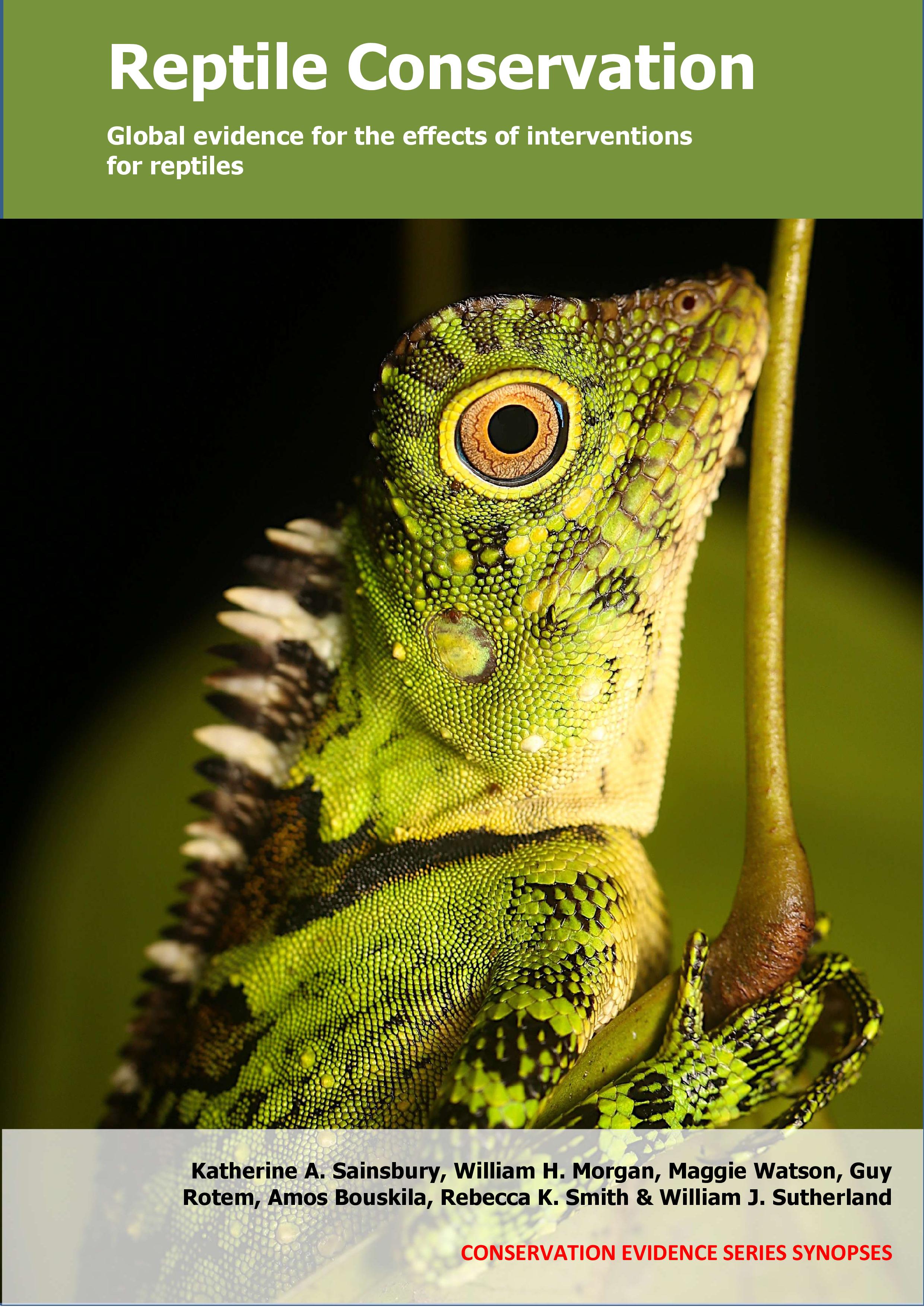Use conditioned taste aversion to prevent carnivorous reptiles from eating toxic invasive cane toads
-
Overall effectiveness category Awaiting assessment
-
Number of studies: 2
View assessment score
Hide assessment score
How is the evidence assessed?
-
Effectiveness
not assessed -
Certainty
not assessed -
Harms
not assessed
Study locations
Supporting evidence from individual studies
A replicated, controlled study in 2010–2011 in a site of mixed bushland and agriculture in Western Australia (Price‐Rees et al. 2013) found that northern bluetongue skinks Tiliqua scincoides intermedia subjected to conditioned taste aversion were more likely to survive contact with invasive cane toads Rhinella marina when given a high dose compared with a low dose treatment, but survival after a high dose was similar to those given no dose. Survival of skinks receiving a high dose taste aversion treatment was higher (9 of 9, 100% of skinks survived) than those receiving a low dose (4 of 8, 50% survived), but similar to those receiving no dose (12 of 15, 80% survived). The high dose induced vomiting in all skinks. Skinks were located by driving slowly in the morning and late afternoon along a 14 km stretch of road between September 2010 and April 2011. Those captured were fitted with radio transmitters. At the first appearance of cane toads (December 2010), skinks were randomly allocated to a taste aversion treatment (high dose: 1.2 mg/kg, 8 M LiCl; low dose: 0.8 mg/kg) or no treatment group and skinks caught after cane toad arrival were alternately allocated to either group. All skinks received cane-toad sausage baits (high dose: 9 skinks; low does: 8; no dose: 15 skinks) and were subsequently monitored for survival.
Study and other actions testedA replicated, controlled study in 2013–2015 in two tropical floodplain sites in Western Australia, Australia (Ward-Fear et al. 2016) found that conditioned taste aversion training of yellow-spotted monitors Varanus panoptes using live cane toads Rhinella marina resulted in higher survival of goannas at one of two sites compared to those receiving no conditioning. After conditioning, goannas were less likely to eat another cane toad (1% ate a toad) compared to before conditioning (52% ate a toad). Conditioned goanna had higher survival than unconditioned goannas in the southern site (conditioned: 40% survived 400 days; unconditioned: 0% survived 200 days), but no difference was found in the northern site (conditioned: 50% survived 300 days; unconditioned: 50% survived 300 days, 20% survived 400 days). The southern site was invaded by large numbers of toads, whereas toads arrived later and in smaller numbers to the northern site. Three months prior to the toad invasion, free-ranging goannas were exposed to small live toads (greater than 25g, 30–70 mm snout-vent length) with venom squeezed out. Goannas either bit the toad (conditioned; 22 goannas) or ignored it (unconditioned; 44 goannas). Goannas were monitored in the southern (47 goannas) and northern (19 goannas) sites from November 2013 to May 2015.
Study and other actions tested
Where has this evidence come from?
List of journals searched by synopsis
All the journals searched for all synopses
This Action forms part of the Action Synopsis:
Reptile Conservation
Reptile Conservation - Published 2021
Reptile synopsis





)_2023.JPG)














